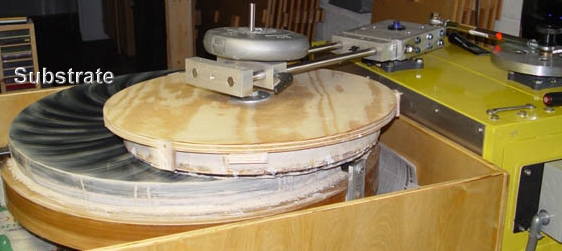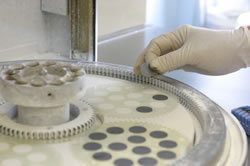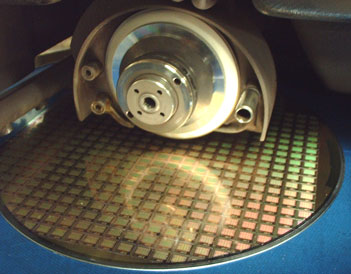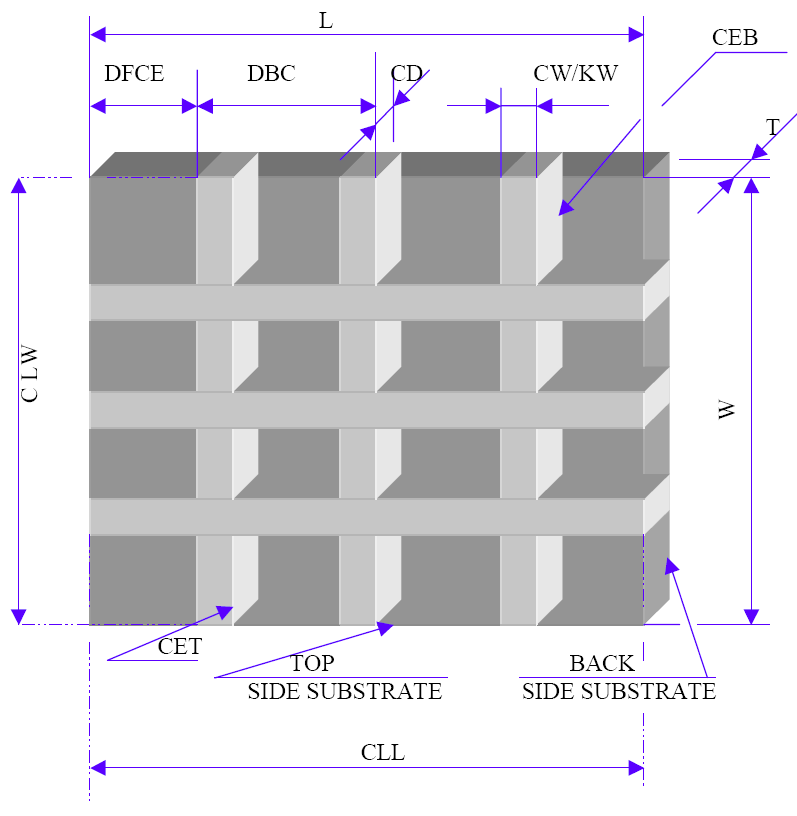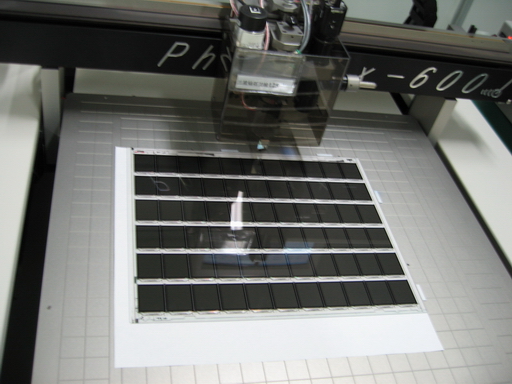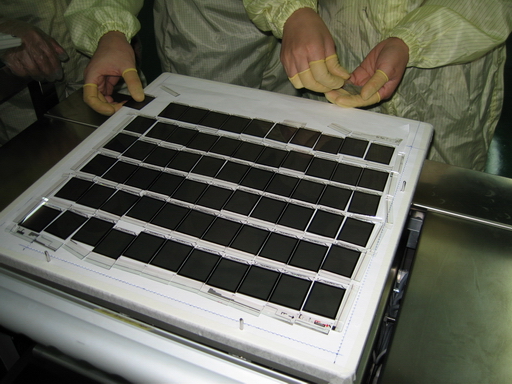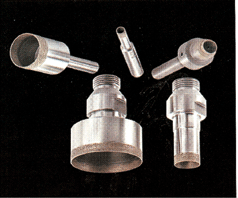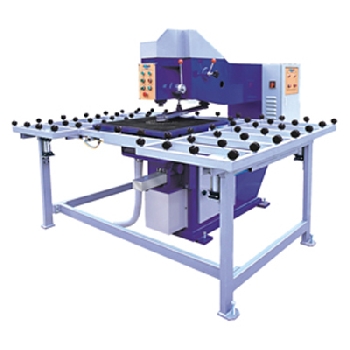Dimension
Thickness:(It must be down before thin film coating) As mentioned in material section, to change the thickness is a high cost, long processing time and high risk method. But If you really can't find proper thinkness and material in market. To process thickness is inevitable. The basic method of reducing the thinkness is to grind it. Via grinding material and buffer solution, the substrate is directly grinded its surface (thinkness direction). Slowly reduce its thickenss. Why surface contact grind? Only this method can keep the glass well controlled flatness and parallel. Surface polishing:(It must be down before thin film coating) This is the second step to finish reducing thickness job. It also apply to remove undesired surface defects (scratch, dig, mist..). Surface polishing provide you a chance to remove defects. But it can't use too many times, its thickness will reduce and you should carefully do this job. Surface grinding is still the major skill but with fine or tiny size of grinding material. Slowly remove the defects. If the defect is too deep in the substrate, it may not remove 100%.
Die Saw(Dicing):This method is developed from semiconductor industry. To saperate the wafer into many little dies(each has full function). The die is so tiny, the dimension and location precision is highly required.
Scribe:For several centuries, glass is treated by a diamond tip knife. Hand drawing lines or pattern on glass surface, this is to be called "scribe". After the scribing, human hand break it. Now, it is still the major method for architecture glass. Hand drawing lines did not cut through the whole glass thickness. Only about 1/3 ~ 1/2 thickness. This line will make a v-cut trench on glass. When pressure given by hand on both sides of v-cut trench, the stress will make the glass break following the trench.
Drill circle:Using a specific diameter drill, with rotating high speed, could make a circular shape glass perfectly. This method is fast than scribeing. But its shortcoming is need a specific diameter drill. This make it only suitable for mass production. With a certain diameter drill, its diameter control is good. The tolerance usually can be set at +/-0.1mm. The edge chip is good too, less than 0.1mm.
|

